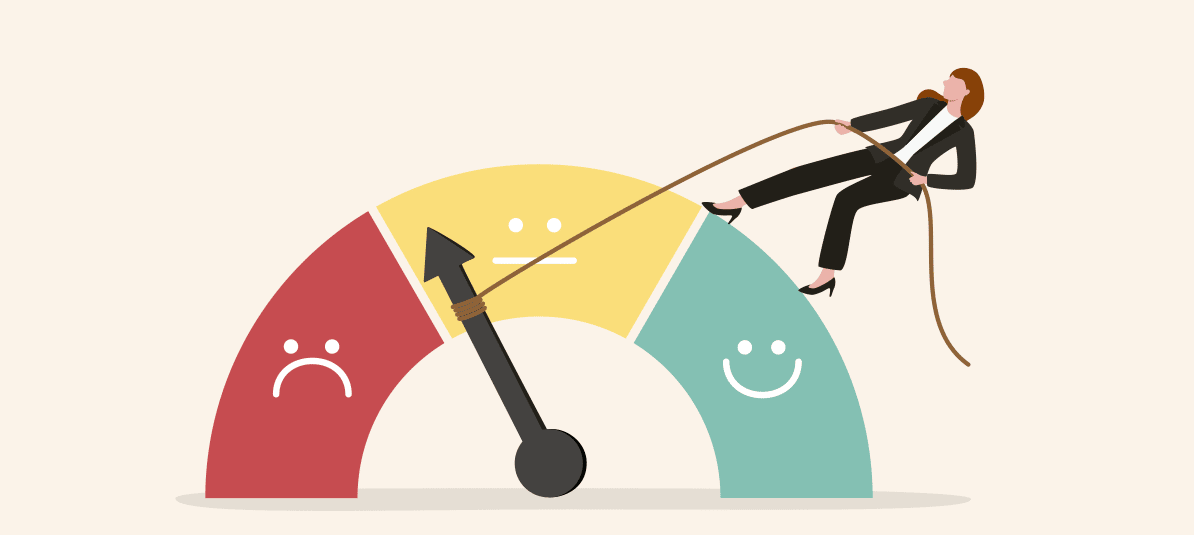Table of Contents
Bad debt, a term frequently encountered in finance, can haunt borrowers and impact their financial future. Understanding its intricacies, including classification, potential consequences, and available solutions, empowers individuals and businesses to navigate this complex landscape effectively. This article from NT International Law Firm aims to help you with that.

Navigating the Maze of Bad Debt: Classification, Consequences, and Solutions
Defining Bad Debt:
In essence, bad debt refers to unpaid debt obligations exceeding a specified timeframe, typically 90 days in Vietnam. This failure to fulfill the contractual repayment schedule flags the debt as “bad” and triggers consequences for the borrower.
Classification of Bad Debt:
Vietnamese Circular 02/2013/TT-NHNN categorizes bad debt into five groups based on the duration of overdue payments:
- Group 1 (Safe): Less than 10 days overdue, considered recoverable and eligible for future borrowing.
- Group 2 (Attention): 10-90 days overdue, requiring attention but allowing re-borrowing after 12 months of full repayment.
- Group 3 (Substandard): 91-180 days overdue, requiring 5 years for future borrowing eligibility.
- Group 4 (Suspected Capital Loss): 181-360 days overdue, carrying a 5-year re-borrowing wait period.
- Group 5 (Likely Capital Loss): Over 360 days overdue, with re-borrowing possible only after 5 years.
Consequences of Bad Debt:
Falling into Groups 2-5 presents significant challenges:
- Limited Borrowing: Banks and credit institutions hesitate to lend to individuals with bad debt history, especially those in Groups 3-5.
- CIC Record: Information regarding bad debt remains on the Vietnam National Credit Information Center (CIC) for 3-5 years, further hindering future borrowing opportunities.

Recovering from Bad Debt
Recovering from Bad Debt:
Despite the challenges, avenues exist for individuals to overcome bad debt:
- Debt Repayment: Prioritizing timely repayment of existing debt, even if it falls under Groups 3-5, demonstrates responsible financial conduct and can expedite removal of bad debt information from the CIC system.
- Negotiation with Lenders: Open communication and negotiation with lenders can lead to alternative solutions, such as restructuring repayment plans or debt settlement arrangements.
- Legal Counsel: Consulting a qualified lawyer can provide invaluable guidance on legal implications and potential remedies for resolving bad debt situations.
Prevention Strategies:
To avoid bad debt altogether, individuals and businesses can adopt proactive measures:
- Responsible Borrowing: Carefully assess financial needs and borrowing capacity before committing to loans.
- Budgeting and Debt Management: Develop a realistic budget and implement effective debt management strategies to ensure timely repayments.
- Communication with Lenders: Maintain open communication with lenders regarding any potential challenges in meeting repayment deadlines.
The Mental Maze: How It Can Impact Your Wellbeing
While the financial consequences of bad debt are undeniable, its impact often extends far beyond bank accounts and credit scores. The constant stress and anxiety associated with unpaid debts can take a significant toll on mental health, creating a complex emotional labyrinth.
The Stress Cycle: The weight of overdue bills and looming deadlines can trigger a chronic stress cycle. Cortisol, the body’s stress hormone, surges, leading to anxiety, fatigue, and difficulty concentrating. This constant state of hypervigilance can disrupt sleep patterns, further exacerbating stress and impacting overall well-being.
Shame and Isolation: The stigma surrounding bad debt can lead to feelings of shame and isolation. Individuals may withdraw from social interactions or avoid discussing their financial struggles, fearing judgment or rejection. This isolation can further worsen mental health, creating a vicious cycle of stress and loneliness.
Loss of Control and Hopelessness: Mounting debt can strip away a sense of control and financial security. The feeling of being trapped in a cycle of endless payments can lead to feelings of hopelessness and despair. This can affect motivation and overall life satisfaction, impacting personal and professional relationships.
Seeking Help and Breaking Free: It’s crucial to acknowledge that bad debt is a common problem and seeking help is not a sign of weakness. Numerous resources and support services are available to manage debt and improve mental health. Talking to a therapist, financial counselor, or debt management professional can provide valuable guidance and support.
Prioritizing Mental Wellbeing: Remember, your mental health is paramount. While tackling debt is important, it should not come at the expense of your well-being. Practicing self-care, engaging in stress management techniques like meditation or exercise, and prioritizing healthy sleep are essential for navigating the challenges of bad debt.
Building Resilience: The journey out of bad debt is rarely linear. There will be setbacks and challenges along the way. However, cultivating resilience by focusing on progress, celebrating small victories, and maintaining a positive outlook can help you overcome obstacles and emerge stronger.
By understanding the connection between bad debt and mental health, individuals can take proactive steps to protect their well-being. Seeking support, prioritizing self-care, and building resilience are crucial tools for navigating the financial maze and emerging with a renewed sense of hope and control.
Remember: You are not alone. Bad debt does not define you, and with the right support and resources, you can overcome this challenge and build a brighter financial and mental future.
Conclusion:
Bad debt, while presenting significant hurdles, can be navigated with proper understanding, effective strategies, and proactive measures. By prioritizing responsible borrowing practices, seeking professional guidance when needed, and implementing effective debt management techniques, individuals and businesses can overcome bad debt and pave the way for a healthier financial future.

NT International Law Firm is Here to Help
NT International Law Firm is Here to Help
NT International Law Firm has addressed the question of what bad debts are and their classification. If you have any further questions or concerns regarding bankruptcy law, please contact our law firm immediately for expert legal advice.
If you require any legal assistance, please feel free to reach out to us via phone at 090 252 4567 or through email: info@ntpartnerlawfirm.com. At NT INTERNATIONAL LAW FIRM, our team is committed to offering you prompt and personalized advice.
You also might be interested in:
“The article’s content refers to the regulations that were applicable at the time of its creation and is intended solely for reference purposes. To obtain accurate information, it is advisable to seek the guidance of a consulting lawyer.”

LEGAL CONSULTING SERVICES
090.252.4567NT INTERNATIONAL LAW FIRM
- Email: info@ntpartnerlawfirm.com – luatsu.toannguyen@gmail.com
- Phone: 090 252 4567
- Address: B23 Nam Long Residential Area, Phu Thuan Ward, District 7, Ho Chi Minh City, Vietnam
